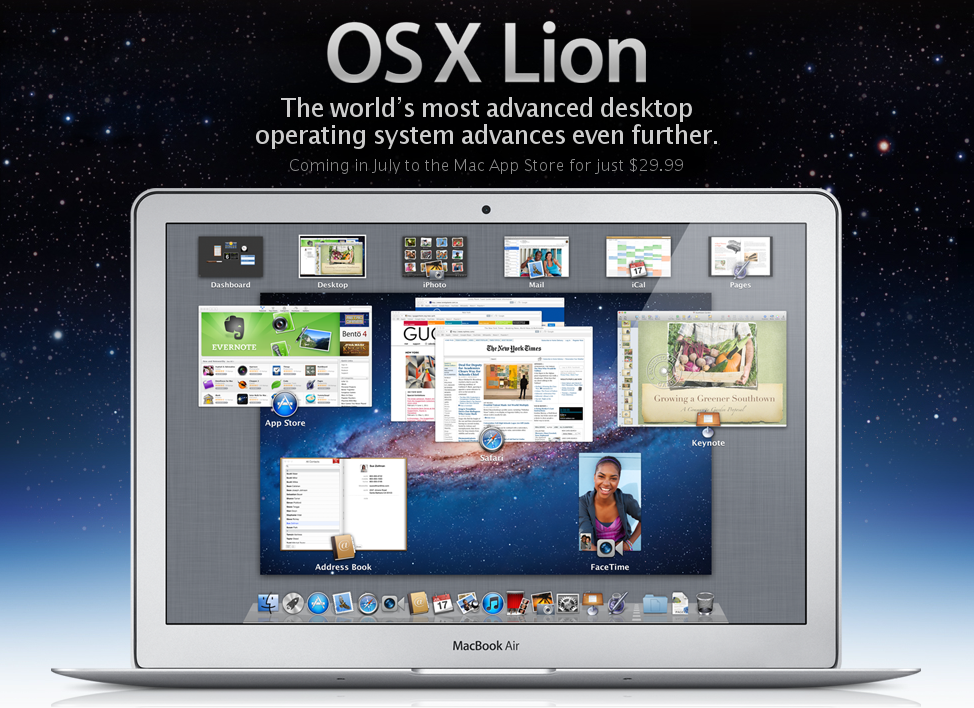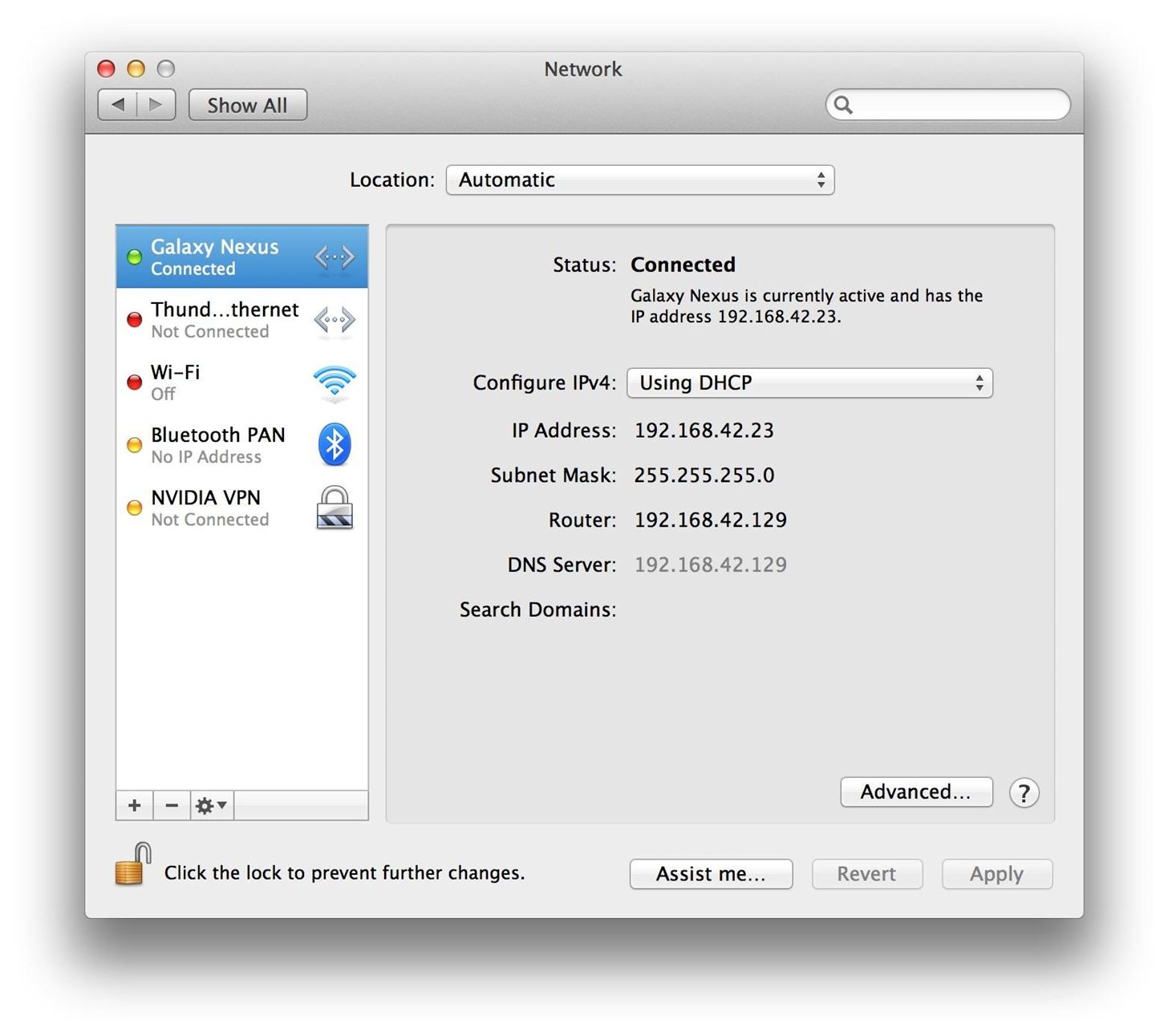- Mac Os X Waiting For Root Device List
- Mac Os X Waiting For Root Device Windows 10
- Mac Os Root Password
Still waiting for root device Still waiting for root device. Mac OS X 10.5.6 or later: A Safe Boot deletes the dynamic loader shared cache at (/var/db/dyld/). Commonly Asked Questions Q: What are the solutions to the 'Still waiting for root device' messageA: The most common solution is making your OSX drive the primary IDE. Try disconnecting all the other hard drives, make the OSX drive IDE0, using either cable-select or Master jumper settings. Get a IDE Hard Disk (you can attach the IDE hard disk, but still install the OS on the SATA drive. It just helps to get past the 'still waiting for root device error'.) If accompanied by a CMOS checksum bad error at boot, reload BIOS optimised defaults, change to AHCI and HPET to. This entry was posted in Apple, Hackintosh, Mac OS X, Tips & Tricks and tagged 10.8.2, hackintosh, IOAHCIBlockStorage, IOAHCIFamily, Mountain Lion, OS X, Still waiting for root device by Vahan. Bookmark the permalink. It’s really hard to read and it’s all jumbled for some reason. I’m able to make out the last line as “still waiting for root device” Flags I've tried:-v-x USBBusFix=Yes-s rd=diskXsY (disk and partition) The following boot args were already added by default: dart=0 nvdisable=1 Other things I've tried: Adding this kext and modifying.
Words office for mac computers.
This annoying statement ususally comes up befor DVD can boot or after installation before the OSX boots for the first time.
What does this error mean?
well it means that the OS is set to boot from a drive and partition that does not exist.
for instance the Darwin boot loader is talled to boot from Disk1 (Disk 1= second hard drive (starting from 0)) and there is no such disk.
What can you do?
if you know the number of your Hard Drive then at the Darwin prompt (after boot press F8) write: rd=DiskX where X is the number of your OSX hard drive.
for instance if your hard drive is 0 (zero is the first hard drive) then write:
rd=disk0
if you do not know your hard drive then there is a try and error method of trying all the disk possibilities on your computer starting with: rd=disk0 then rd=disk1 then rd=disk2 then rd=disk3 etc.
another good option is to disconnect other HD and leave the OSX HD as first and write disk0.
once you succeed and don't want to write the rd parameter every boot, then write it in your boot plist file.
this is a file that configure the system boot parameters. the file can be found at:
 /Library/Preferences/SystemConfiguration
/Library/Preferences/SystemConfigurationthe file name is: com.apple.Boot.plist and you edit it as root and change the Kernel Flags value and add to it the rd parameter like this:

- open terminal
- write: sudo -s and press enter
- enter your password when asked and press enter
- write: vi /Library/Preferences/SystemConfiguration/com.apple.Boot.plist and press enter
- in the vi editor use the arrow keys on the keyboard and navigate the cursor to the tag: after the <key>Kernel Flags< /key > line.
- the string tag might be empty or not, if it is not empty then add space and then write: rd=diskX where X is your hard drive number.
- press keyboard button Esc (in order to exit insert mode)
- write: :wq and press enter (notice the : sign)
- then reboot and thats it
Mac Os X Waiting For Root Device List



- boot from the install DVD into single-user mode
- flag any partition other then the leopard partition as bootable
- then you reboot, again from the install DVD into single-user mode
- next flag back the leopard partition
Mac Os X Waiting For Root Device Windows 10
Mac Os Root Password
